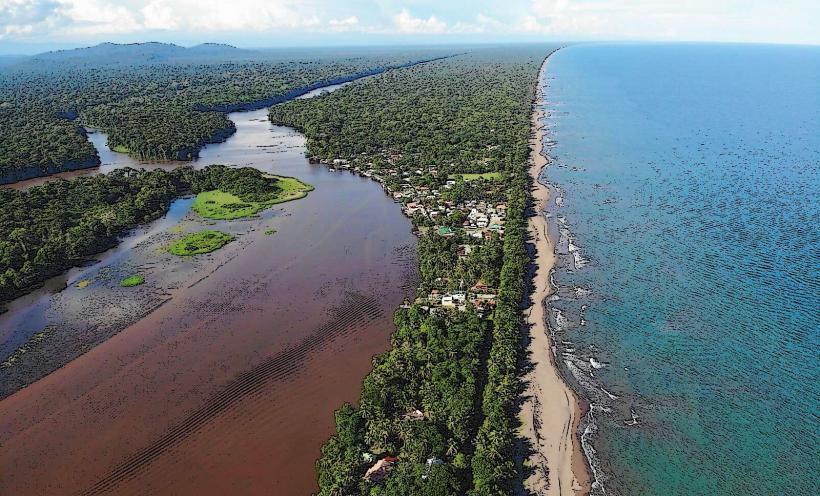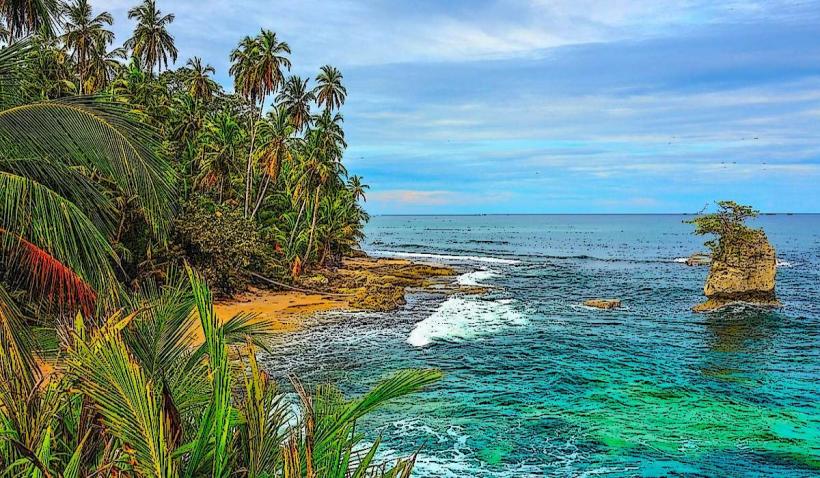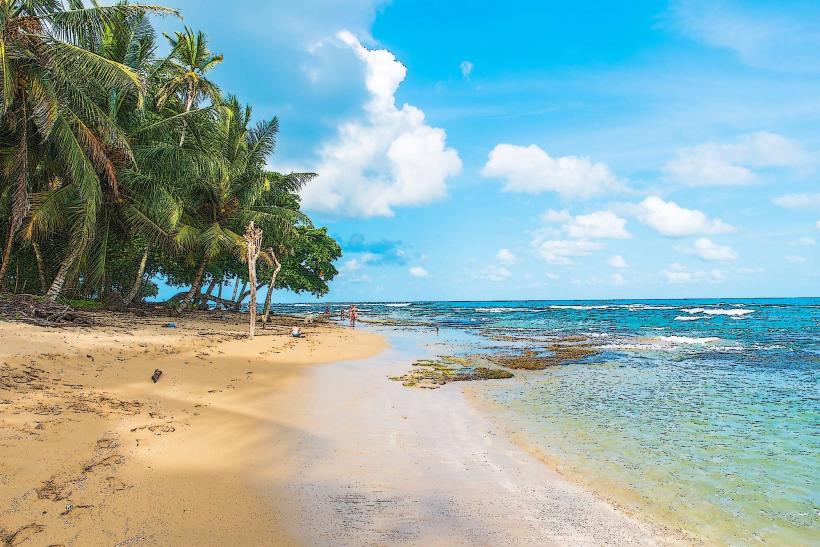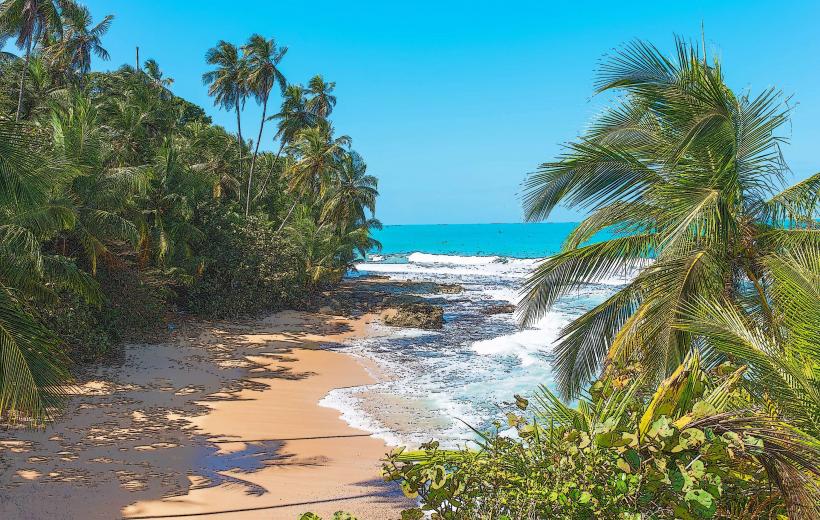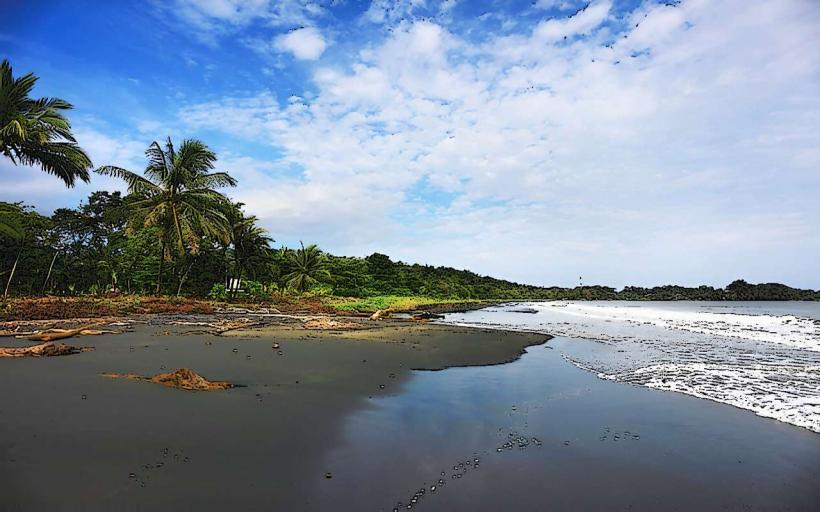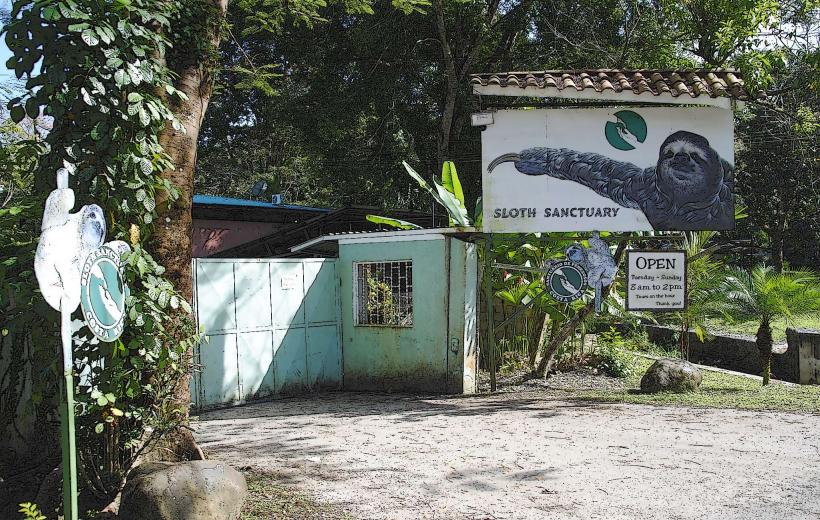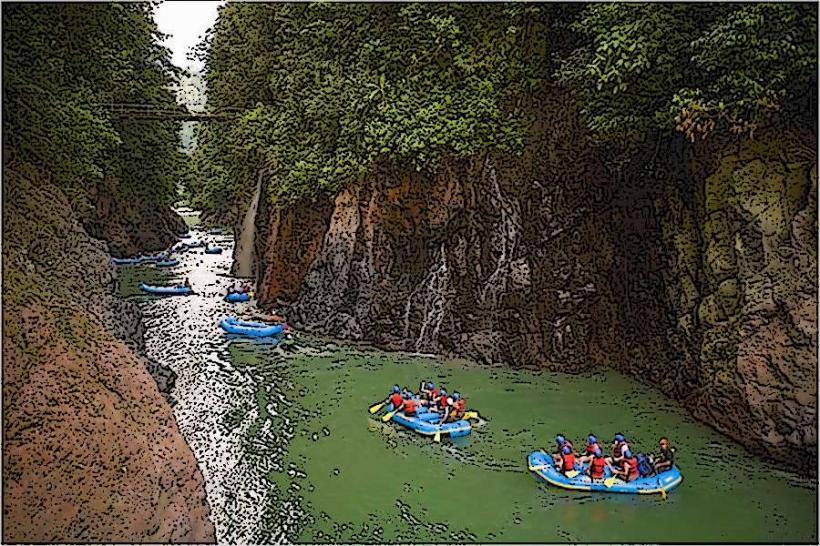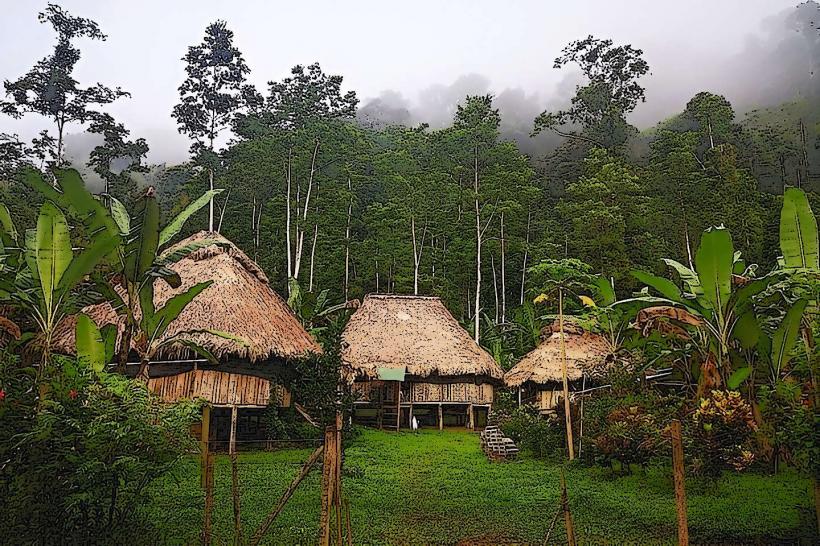Information
Landmark: Cahuita National ParkCity: Limon
Country: Costa Rica
Continent: North America
Cahuita National Park is a coastal national park located on the Caribbean coast of Costa Rica, in the Limón Province, near the town of Cahuita. The park is renowned for its beautiful beaches, coral reefs, rich biodiversity, and its role as a vital marine and terrestrial ecosystem. It is one of the most accessible national parks in the country and a popular destination for eco-tourism, snorkeling, hiking, and wildlife observation.
Overview
- Location: Cahuita National Park is located along the Caribbean coast, approximately 16 kilometers (10 miles) south of the town of Puerto Limón and about 6 kilometers (3.7 miles) from the town of Cahuita. The park spans both land and marine areas, with a coastal stretch that includes beaches and coral reefs.
- Size: The park covers 1,100 hectares (around 2,700 acres), with 600 hectares of the park being marine area, home to the Cahuita Reef, one of the largest coral reefs on Costa Rica's Caribbean coast.
- Climate: Cahuita experiences a tropical climate with year-round temperatures averaging around 27°C (81°F). The park has a pronounced rainy season from May to November, while the dry season lasts from December to April.
Flora and Fauna
- Biodiversity:
- Cahuita National Park is known for its incredible biodiversity. It is home to a wide range of terrestrial and marine species, making it an important site for wildlife enthusiasts and nature lovers.
- Mammals commonly spotted in the park include white-faced capuchin monkeys, howler monkeys, sloths, anteaters, coatis, and jaguars (though the latter are more elusive).
- The park is also rich in birdlife, with over 350 species of birds, including toucanets, scarlet macaws, brown pelicans, herons, and frigatebirds.
- Marine life is abundant in the Cahuita Reef. Visitors can see tropical fish, sea turtles, stingrays, moray eels, and spiny lobsters while snorkeling or diving in the coral reefs.
- Vegetation:
- The park's terrestrial areas are covered in tropical rainforest, with a diverse array of plant life, including ceiba trees, mango trees, palms, orchids, and various ferns and vines. The forest is often dense and rich in greenery, providing habitat for a wide variety of wildlife.
- The mangrove forests near the park’s shoreline are critical for the health of the coastal ecosystem, acting as important breeding grounds for fish and other marine creatures.
- The tropical dry forests in the area host unique species of trees and plants adapted to the local climate.
Main Attractions and Activities
Snorkeling and Diving:
- Cahuita National Park’s Cahuita Reef is one of the most famous snorkeling and scuba diving destinations in Costa Rica. The reef is rich in marine life and offers calm waters, making it accessible for both beginners and experienced divers.
- Snorkelers can explore the vibrant underwater ecosystems, with opportunities to see colorful fish, sea turtles, coral, and other marine creatures.
- Boat tours are available for visitors who want to explore the reef with a guide. Tours often include stops for snorkeling, as well as explanations about the reef’s biodiversity and conservation efforts.
Hiking and Trails:
- Cahuita National Park offers a network of well-maintained hiking trails that wind through the rainforest, mangroves, and along the coast. The main trail is a 8-kilometer (5-mile) stretch that runs along the beach and through the park’s forests.
- The trails offer opportunities for wildlife watching, with frequent sightings of monkeys, birds, and sloths. The Cahuita Point Trail is a popular option for visitors, with views of the ocean, coral reefs, and lush greenery.
- Along the trails, visitors can enjoy the park’s tropical flora, with various species of trees and flowers, as well as the sounds of the jungle, including the calls of howler monkeys and birds.
Wildlife Watching:
- Cahuita is known for its abundance of wildlife. Monkeys, including howler monkeys and capuchins, are frequently seen along the trails, as well as sloths, agoutis, and coatis. The park is also a haven for reptiles like iguanas and snakes.
- Birdwatching is a major activity in Cahuita, with over 350 species of birds in the area. Visitors can spot toucans, macaws, and herons while walking through the trails or taking a boat tour along the river.
Beaches:
- Cahuita National Park is home to several beautiful beaches, including Playa Cahuita, Playa Negra, and Playa Blanca. These beaches are known for their soft, white sand and clear turquoise waters, making them perfect for relaxation or swimming.
- While some of the beaches have gentle waves ideal for swimming, others are better suited for walking and exploring. The beaches are generally not crowded, offering a peaceful atmosphere in a tropical setting.
Kayaking:
- Visitors can explore the park’s coastline and rivers by kayak. Kayaking tours are available along the Cahuita River, where paddlers can enjoy the wildlife and mangrove forests. This is a serene way to experience the park's diverse ecosystems and spot wildlife, especially birds and reptiles.
Conservation and Research
- Cahuita National Park is an important area for both marine and terrestrial conservation. The Cahuita Reef is a protected marine area, and efforts are being made to preserve the coral reefs and their biodiversity.
- Research programs are conducted in the park, focusing on marine biology, ecology, and wildlife protection. Conservation programs aim to protect the sea turtles that nest on the park’s beaches and monitor the health of the coral reefs.
- Eco-tourism plays a significant role in supporting the park’s conservation efforts. Entrance fees from tourists go toward park management, environmental education, and conservation initiatives.
Visitor Information
Entrance Fees:
- The entrance fee to Cahuita National Park is $5 USD for foreign visitors. Fees for locals are typically lower.
- There may be additional charges for certain activities, such as guided turtle watching tours, snorkeling trips, or boat rides.
Opening Hours:
- Cahuita National Park is open daily from 6:00 AM to 4:00 PM. The best time to visit is during the dry season (December to April) when the weather is more predictable and ideal for outdoor activities.
Guided Tours:
- Guided tours are available for both the hiking trails and marine activities. Knowledgeable guides can offer insight into the park’s wildlife, plant life, and marine ecosystems, enhancing the overall experience.
- Snorkeling and diving tours are also available, with guides helping visitors navigate the reefs and pointing out marine species of interest.
Accommodation:
- There are a variety of accommodation options in the nearby town of Cahuita, ranging from budget hostels to more comfortable hotels and eco-lodges. Many accommodations offer easy access to the park and its trails.
- For those seeking a more immersive experience, there are eco-lodges located near the park that provide a more eco-friendly and sustainable stay.
How to Get There:
- By Car: Cahuita is easily accessible by car from Puerto Limón (about 16 kilometers away) or San José (around 4 hours by car). There are also public buses that run between Puerto Limón and Cahuita.
- By Plane: Visitors can fly into Limón and then take a taxi or bus to Cahuita.
Best Time to Visit
- Dry Season (December to April): The dry season is the best time to visit Cahuita, with less rain and ideal conditions for outdoor activities such as hiking, snorkeling, and wildlife watching.
- Rainy Season (May to November): While the rainy season can be lush and beautiful, it also brings more rain, which can affect outdoor activities. However, the park remains open year-round, and fewer visitors mean a more tranquil experience.
Conclusion
Cahuita National Park offers a unique blend of coastal and rainforest ecosystems, providing a stunning natural setting for visitors to explore. From its rich marine life and coral reefs to its diverse wildlife and hiking trails, the park is an excellent destination for eco-tourism and nature lovers. Whether you're snorkeling in the Caribbean waters, hiking through the rainforest, or simply relaxing on the beach, Cahuita National Park offers something for everyone seeking an immersive nature experience in Costa Rica.

